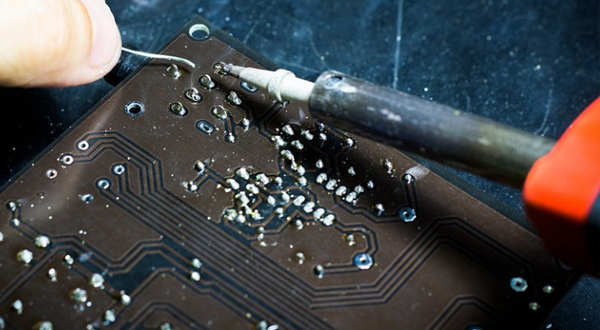What is PCB post-soldering?

Reflow soldering and wave soldering are performed with reflow or wave soldering equipment, while post-soldering requires manual operation. Post-soldering is a manual soldering method used when wave soldering or reflow soldering cannot complete the soldering. It mainly relies on a soldering iron to complete the process. Therefore, manually soldering electronic components with a soldering iron is called post-soldering.
In PCBA post-soldering, the quality of soldering has a crucial impact on the performance and reliability of the entire electronic product. If the quality of soldering is poor, it may cause problems such as cracked, false or short-circuited solder joints, affecting the stability and reliability of the entire electronic product. Therefore, before soldering, it is necessary to carefully check whether the pins of the components are correct and whether the soldering is even to ensure the quality of soldering.
After completing PCBA post-soldering, functional testing and quality inspection can be carried out. Functional testing is to ensure that all functions of the PCBA can operate normally, usually requiring the use of testing equipment. Quality inspection is to check whether the solder joints, components, resistors, capacitors, and other aspects of the PCBA meet the quality standards, usually requiring the use of tools such as microscopes for inspection.
In summary, PCBA post-soldering is an important process in the manufacturing of electronic products. It is necessary to carefully control and inspect the quality of soldering to ensure the performance and reliability of the entire electronic product.

